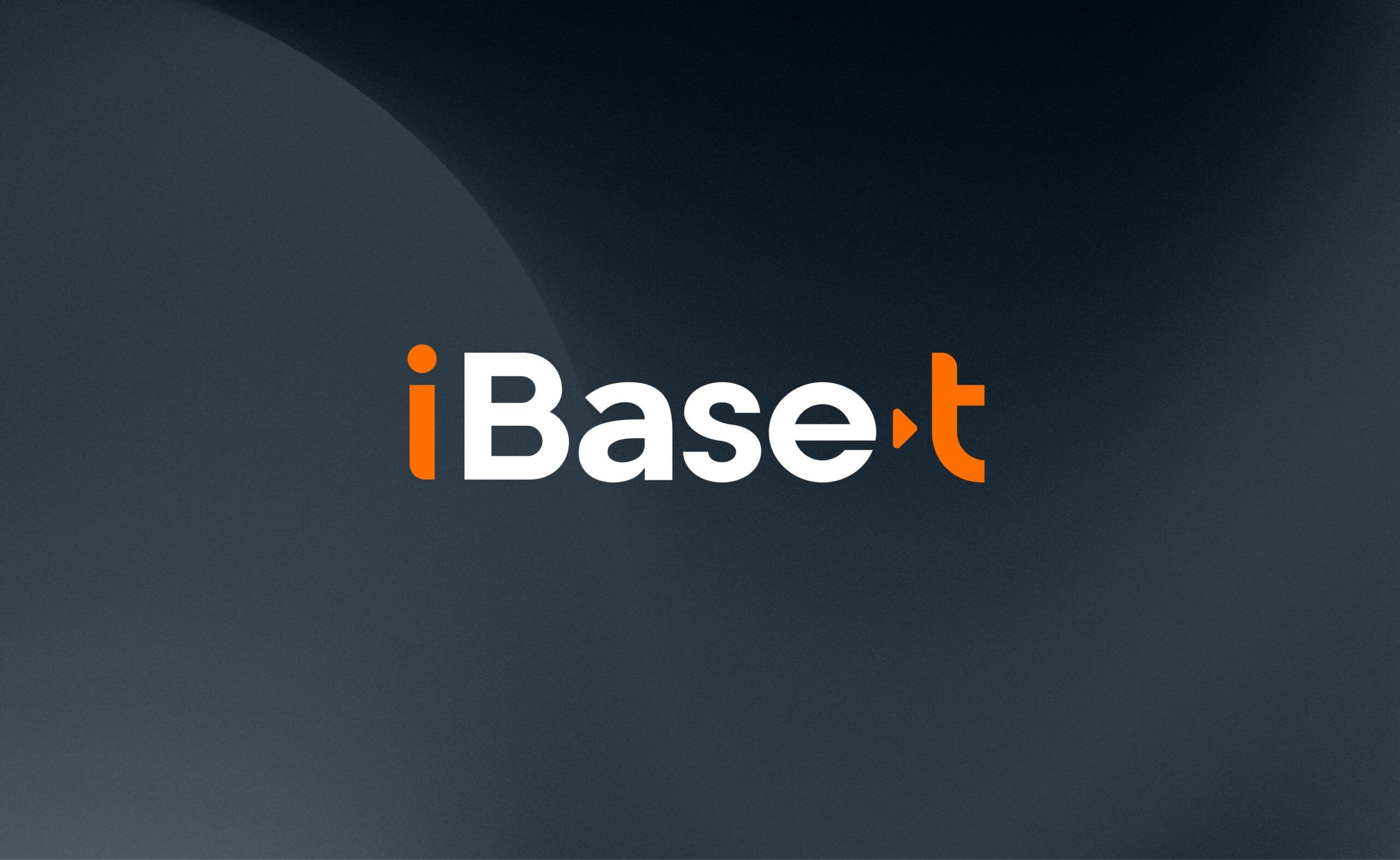“Every company operating today is a data company.”
—MIT Sloan School of Management
As we begin a new year, manufacturing transformation continues to accelerate. Industry 4.0 adoption is reaching all-time highs while the availability of digital technology increases. But there is one area where most manufacturers have not yet seized the full opportunity: the untapped wealth of data generated by modern digital processes. What is now emerging is a greater realization that data generated from digital programs could be manufacturers’ most valuable asset.
Manufacturers are producing data on a massive scale these days. A digital factory can produce terabytes or more every week. Unfortunately, few companies are using this vital resource as effectively as they could. That means they’re leaving money on the table, as surely as if they had production lines sitting idle.
Information is a resource, and there’s never been more of it available. Here are some ways your manufacturing enterprise can use Industry 4.0 technology to tap into that resource and generate added revenue.
Internal Monetization
The quickest way to monetize data is internal. Learning more about how your organization operates can reveal many opportunities to optimize internal business processes and find ways to increase profitability. Industry 4.0 makes this possible by enabling the capture, sharing, and analysis of manufacturing data on an enterprise scale.
By removing the data silos typically associated with legacy systems, equipment, and processes, shared data can be made available to the larger manufacturing network. Every activity can be digitally captured and analyzed. This then can reveal insights into how processes are executed, how suppliers engage with your production, and what resources are necessary for each step. On a broader scale, this information can be shared beyond manufacturing to reveal insights to better understand partner and customer engagement, pricing effectiveness, and other critical business factors. And this can all be turned into greater profits.
Internal data monetization efforts typically include things like:
- Harnessing real-time reporting to uncover deeper insight into process efficiency
- Streamlining processes by removing redundant data entry
- Mitigating the impact of unplanned downtime
- Providing visibility into what can be done to minimize supply chain disruption, poor scheduling, and other problems
- Improving cost management through better control of every operation
The results of internal data monetization can be impressive. It’s reported that when Tesla wanted to improve the braking performance of the Model 3, the company issued an over-the-air update that significantly reduced stop time. They did it by leveraging vehicle data to adjust the anti-lock brake system calibration. That solution was simpler and far less costly than a service visit. The impact went well beyond simply stopping cars faster. It reinforced a message to every Tesla owner – their product will continue to get better and more advanced over time. This concept is exactly the opposite of what every other automobile manufacturer’s customer perceives.
This is a great example of why data could be a manufacturer’s most valuable asset. It could also help explain the stratospheric share price of Tesla stock.
External Monetization
Beyond the internal opportunities to take advantage of your most valuable asset is to create entirely new revenue streams. That’s what the quote at the top of this article is trying to say. Data is not just a resource. It can be turned into a product or service.
External data monetization programs could look like:
- Using data from customers to generate service revenue
- Licensing your company data as a resource to third parties or industry associations
- Developing new services and products
- Providing feedback to customers on their usage to help lower their cost of ownership
- Selling output or performance as a service, based on usage parameters
New service products are easy to imagine for many manufacturers. With smart technology embedded in a product, for example, you can gather valuable data on customer usage or consumption. This data can allow you to offer new and targeted preventive maintenance contracts, or easily sell software upgrades over the Internet. The customer gets better service, and you enjoy new revenue streams.
Industry 4.0 can also reveal business opportunities that have been overlooked, whether the solution ends up being delivered electronically or not. For example, customer usage data might suggest an opportunity to cross-sell products, or even develop new products to fill a gap in what customers want.
Read more on this topic here, How Can Data Monetization Drive Growth?
Getting Started
Whether internal or external, the appeal of data monetization is that it can leverage the assets and production processes you already have and use – provided you have the right foundation to collect, manage, and aggregate this most valuable asset. It becomes the ultimate benefit of investing in a digital transformation or Industry 4.0 strategy. Transform underutilized data into increased revenue with just a nominal incremental investment. You can start with internal monetization since that carries low risk and is almost certain to yield financial gain.
External monetization can be more challenging since, like any other product or service, the results are not guaranteed. Time, effort, and resource investment will be required to establish this opportunity. But you will be able to quickly test how these new digital-based services perform in one region or demographic before rolling it out on a wider scale.
With its low risk, high potential return, and utilization of predominantly existing assets, data should be recognized as a manufacturer’s most valuable asset and therefore be part of every manufacturer’s financial plan.




